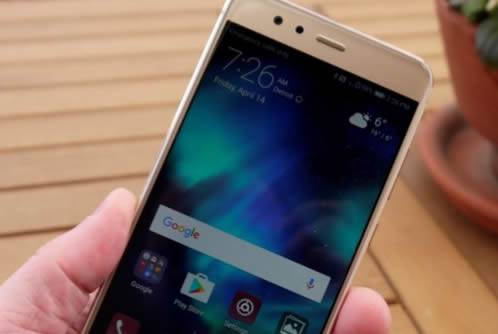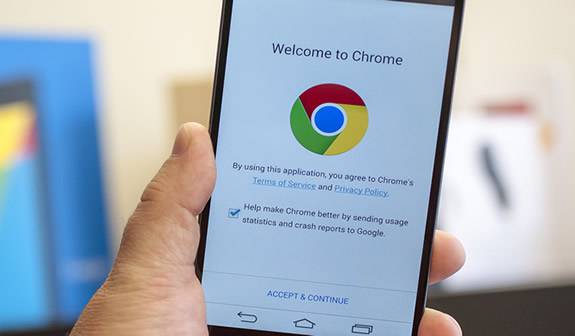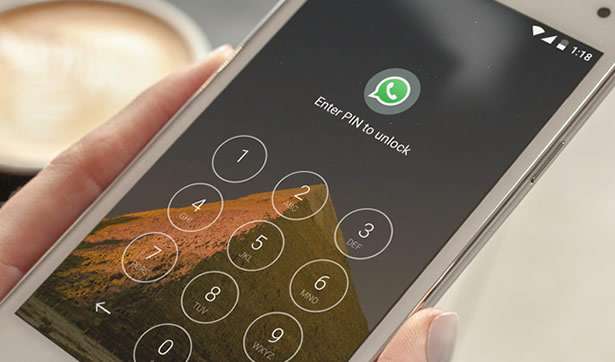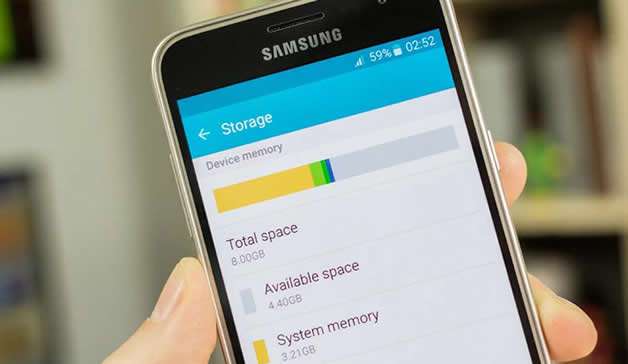No, not all Android phones have SIM cards. Depending on the type of phone you purchase, it may or may not come with a SIM card pre-installed. For example, some prepaid and budget phones are sold without a SIM card. To determine whether your specific model has a SIM card, please consult the user manual or contact the device manufacturer directly for further assistance.
How do I know if my Android phone has a SIM card?
Do all Androids come with a SIM card?
No, not all Android devices come with a SIM card. Some devices are sold as unlocked and require the customer to purchase a compatible SIM card separately. Additionally, some carriers will provide customers with an Android device that has a pre-installed SIM card and is locked to their network. To determine if your device comes with a SIM card, you can check the product description or contact your carrier for more information.
Why does my Android not have a SIM card?
It is possible that your Android device does not have a SIM card because it was either never installed or the SIM card was removed. To determine if this is the case, you should open up the back of your device (if possible) and check to see if there is an empty slot where a SIM card could be inserted. If there isn’t one, then it’s likely that your device does not support a SIM card.
If there is an available slot for a SIM card, you can purchase one from your cellular provider and install it yourself following their instructions. It may also be worth contacting them for assistance with installing the new SIM card.
What phones have no SIM card?
The majority of phones today require a SIM card to access cellular services, however there are some types of devices that allow for phone calls and data use without the need for one. These include VoIP devices, Wi-Fi enabled smartphones and tablets, and basic “feature” phones.
VoIP (Voice over Internet Protocol) is a technology that allows users to make voice calls over the internet instead of through traditional landline or mobile networks. Devices such as Skype Phones provide VoIP services with no need for a SIM card.
Wi-Fi enabled smartphones and tablets can also connect to wireless networks in order to send messages or make voice calls via applications like WhatsApp or FaceTime Audio/Video without needing cell service from a carrier provider. While these devices may be able to access other features like GPS navigation using cellular service, they do not require it in order to make phone calls or send messages through an internet connection.
Finally, feature phones are very basic models which typically lack advanced capabilities like web browsing but still offer simple functionality such as making phone calls, sending text messages, etc., all without requiring a SIM card.
What happens if you take out your SIM card and put it in another phone?
When you take out your SIM card and put it in another phone, the new phone will be able to access the cellular network and make calls or send messages. However, it is important to note that any data stored on the original device such as contacts, photos, music etc. will not transfer over. Additionally, depending on your carrier’s policies and technology of both devices some features may not work properly or at all. Before taking a SIM card out of one device and putting it into another it is often best practice to contact your service provider for guidance and clarification on compatibility with other phones.
Can I just swap SIM card to new phone?
Yes, you can swap your SIM card to a new phone. To do this, you will need to make sure that the new phone is compatible with your current service provider and also has a suitable SIM card slot for the size of your existing SIM card. Once these criteria have been met, you can follow these steps:
1. Turn off both phones before removing the SIM from its current location in the old device.
2. Carefully remove the SIM from its tray in the old phone and insert it into an appropriate tray in the new device – ensuring it is inserted correctly so as not to damage either component.
3. Re-power up both devices; most likely they will automatically detect that a different SIM has been inserted and configure themselves accordingly – if not then check instructions provided by network carrier or manufacturer of either device for further guidance on how to activate new connection settings/profile on each handset respectively (this step may require manual input of data e.g., APN).
4. Once complete, test connections by making calls/sending messages etc., just to ensure everything works as expected prior to putting back into use regularly
What happens if your phone doesn’t have a SIM card?
If your phone does not have a SIM card, it will be unable to make or receive calls and send/receive text messages. However, you may still be able to access data services (e.g., internet) if your device is connected to a Wi-Fi network. Additionally, you can still use some of the features available on your phone such as taking pictures and playing music. To get the most out of your device without a SIM card, here are some steps you can take:
1. Connect to Wi-Fi – You’ll need an active internet connection in order for many apps and services on your phone to work properly. Make sure that Wi-Fi is enabled on your device so that it automatically connects when within range of an available network.
2. Download Apps – Many popular apps like Facebook, Twitter, YouTube and more will allow you to stay up-to date with friends and family even when there’s no cell service available.
3. Transfer Files – If desired, connect the device via USB cable or Bluetooth connection with another computer or mobile device in order transfer files between them without needing cellular service or Wi-Fi connectivity.
4 Use Other Features – Take advantage of other features built into your phone such as its camera capabilities; create movies using videos clips taken with the camera; listen to music stored locally on the memory card; download eBooks from online stores etc…
Do you need a SIM card for Android?
Yes, a SIM card is required for an Android device. A SIM (Subscriber Identity Module) card is a small chip that stores your phone number, network data, contacts and other information. It’s typically found in phones and tablets with mobile service such as smartphones or cellular-enabled devices. To set up your new Android device with a SIM card, you will need to insert the SIM into the appropriate slot on your phone/tablet. Consult your user manual for instructions specific to your model of device. Additionally, if you are switching from another carrier provider or getting a new plan through an existing carrier, you may need to obtain an activation code before using the service which can be provided by customer support of the carrier provider.
{“@context”:”https://schema.org”,”@type”:”FAQPage”,”mainEntity”:[{“@type”:”Question”,”name”:”Do all Androids come with a SIM card?”,”acceptedAnswer”:{“@type”:”Answer”,”text”:”nnNo, not all Android devices come with a SIM card. Some devices are sold as unlocked and require the customer to purchase a compatible SIM card separately. Additionally, some carriers will provide customers with an Android device that has a pre-installed SIM card and is locked to their network. To determine if your device comes with a SIM card, you can check the product description or contact your carrier for more information.”}},{“@type”:”Question”,”name”:”Why does my Android not have a SIM card?”,”acceptedAnswer”:{“@type”:”Answer”,”text”:”nnIt is possible that your Android device does not have a SIM card because it was either never installed or the SIM card was removed. To determine if this is the case, you should open up the back of your device (if possible) and check to see if there is an empty slot where a SIM card could be inserted. If there isn’t one, then it’s likely that your device does not support a SIM card. nIf there is an available slot for a SIM card, you can purchase one from your cellular provider and install it yourself following their instructions. It may also be worth contacting them for assistance with installing the new SIM card.”}},{“@type”:”Question”,”name”:”What phones have no SIM card?”,”acceptedAnswer”:{“@type”:”Answer”,”text”:”nnThe majority of phones today require a SIM card to access cellular services, however there are some types of devices that allow for phone calls and data use without the need for one. These include VoIP devices, Wi-Fi enabled smartphones and tablets, and basic u201cfeatureu201d phones. nnVoIP (Voice over Internet Protocol) is a technology that allows users to make voice calls over the internet instead of through traditional landline or mobile networks. Devices such as Skype Phones provide VoIP services with no need for a SIM card. nnWi-Fi enabled smartphones and tablets can also connect to wireless networks in order to send messages or make voice calls via applications like WhatsApp or FaceTime Audio/Video without needing cell service from a carrier provider. While these devices may be able to access other features like GPS navigation using cellular service, they do not require it in order to make phone calls or send messages through an internet connection. nnFinally, feature phones are very basic models which typically lack advanced capabilities like web browsing but still offer simple functionality such as making phone calls, sending text messages, etc., all without requiring a SIM card.”}},{“@type”:”Question”,”name”:”What happens if you take out your SIM card and put it in another phone?”,”acceptedAnswer”:{“@type”:”Answer”,”text”:”nnWhen you take out your SIM card and put it in another phone, the new phone will be able to access the cellular network and make calls or send messages. However, it is important to note that any data stored on the original device such as contacts, photos, music etc. will not transfer over. Additionally, depending on your carrier’s policies and technology of both devices some features may not work properly or at all. Before taking a SIM card out of one device and putting it into another it is often best practice to contact your service provider for guidance and clarification on compatibility with other phones.”}},{“@type”:”Question”,”name”:”Can I just swap SIM card to new phone?”,”acceptedAnswer”:{“@type”:”Answer”,”text”:”nnYes, you can swap your SIM card to a new phone. To do this, you will need to make sure that the new phone is compatible with your current service provider and also has a suitable SIM card slot for the size of your existing SIM card. Once these criteria have been met, you can follow these steps: n1. Turn off both phones before removing the SIM from its current location in the old device. n2. Carefully remove the SIM from its tray in the old phone and insert it into an appropriate tray in the new device u2013 ensuring it is inserted correctly so as not to damage either component. n3. Re-power up both devices; most likely they will automatically detect that a different SIM has been inserted and configure themselves accordingly – if not then check instructions provided by network carrier or manufacturer of either device for further guidance on how to activate new connection settings/profile on each handset respectively (this step may require manual input of data e.g., APN). n4. Once complete, test connections by making calls/sending messages etc., just to ensure everything works as expected prior to putting back into use regularly”}},{“@type”:”Question”,”name”:”What happens if your phone doesn’t have a SIM card?”,”acceptedAnswer”:{“@type”:”Answer”,”text”:”nnIf your phone does not have a SIM card, it will be unable to make or receive calls and send/receive text messages. However, you may still be able to access data services (e.g., internet) if your device is connected to a Wi-Fi network. Additionally, you can still use some of the features available on your phone such as taking pictures and playing music. To get the most out of your device without a SIM card, here are some steps you can take: nn1. Connect to Wi-Fi – You’ll need an active internet connection in order for many apps and services on your phone to work properly. Make sure that Wi-Fi is enabled on your device so that it automatically connects when within range of an available network. n2. Download Apps – Many popular apps like Facebook, Twitter, YouTube and more will allow you to stay up-to date with friends and family even when there’s no cell service available. n3. Transfer Files – If desired, connect the device via USB cable or Bluetooth connection with another computer or mobile device in order transfer files between them without needing cellular service or Wi-Fi connectivity. n4 Use Other Features – Take advantage of other features built into your phone such as its camera capabilities; create movies using videos clips taken with the camera; listen to music stored locally on the memory card; download eBooks from online stores etc…”}},{“@type”:”Question”,”name”:”Do you need a SIM card for Android?”,”acceptedAnswer”:{“@type”:”Answer”,”text”:”nnYes, a SIM card is required for an Android device. A SIM (Subscriber Identity Module) card is a small chip that stores your phone number, network data, contacts and other information. Itu2019s typically found in phones and tablets with mobile service such as smartphones or cellular-enabled devices. To set up your new Android device with a SIM card, you will need to insert the SIM into the appropriate slot on your phone/tablet. Consult your user manual for instructions specific to your model of device. Additionally, if you are switching from another carrier provider or getting a new plan through an existing carrier, you may need to obtain an activation code before using the service which can be provided by customer support of the carrier provider.”}}]}







